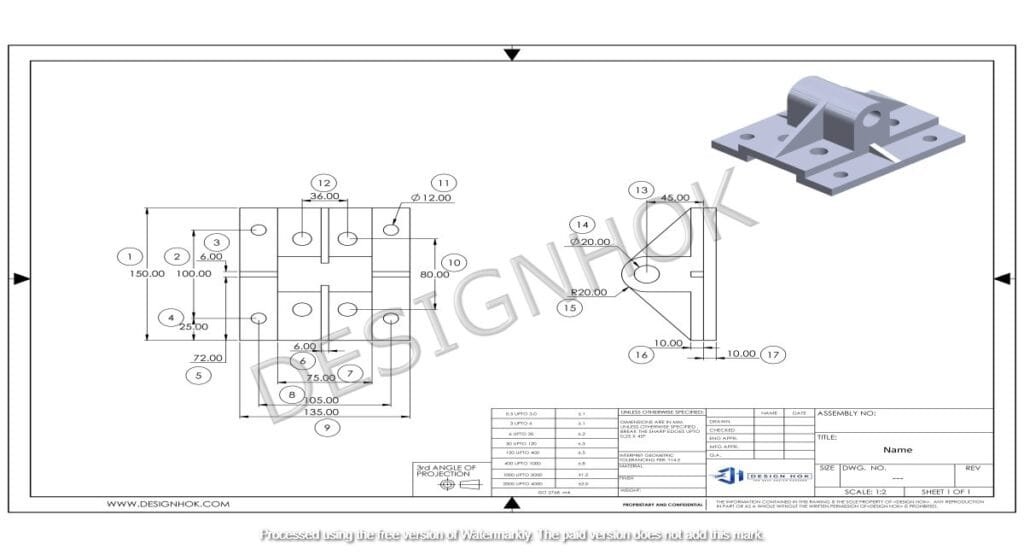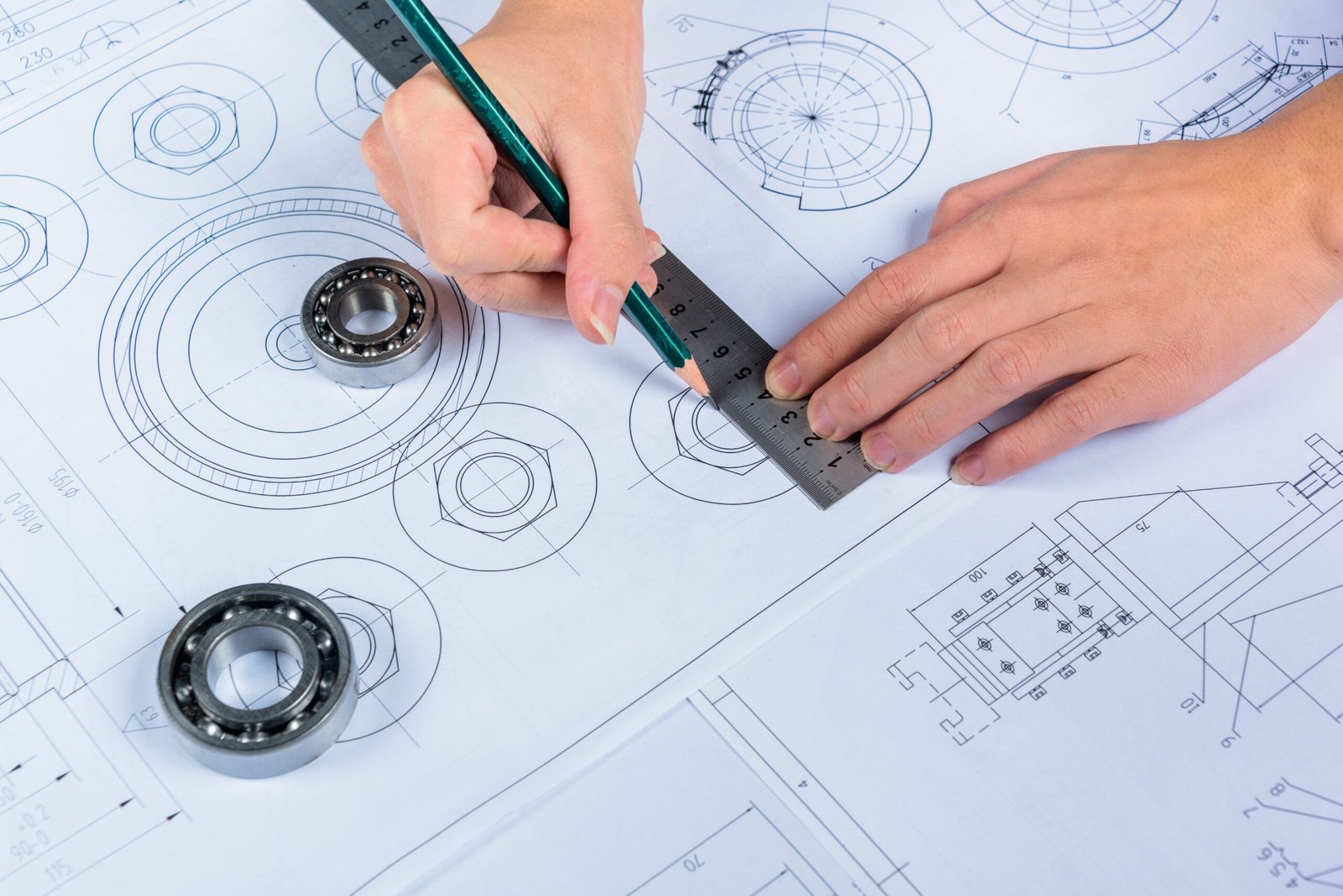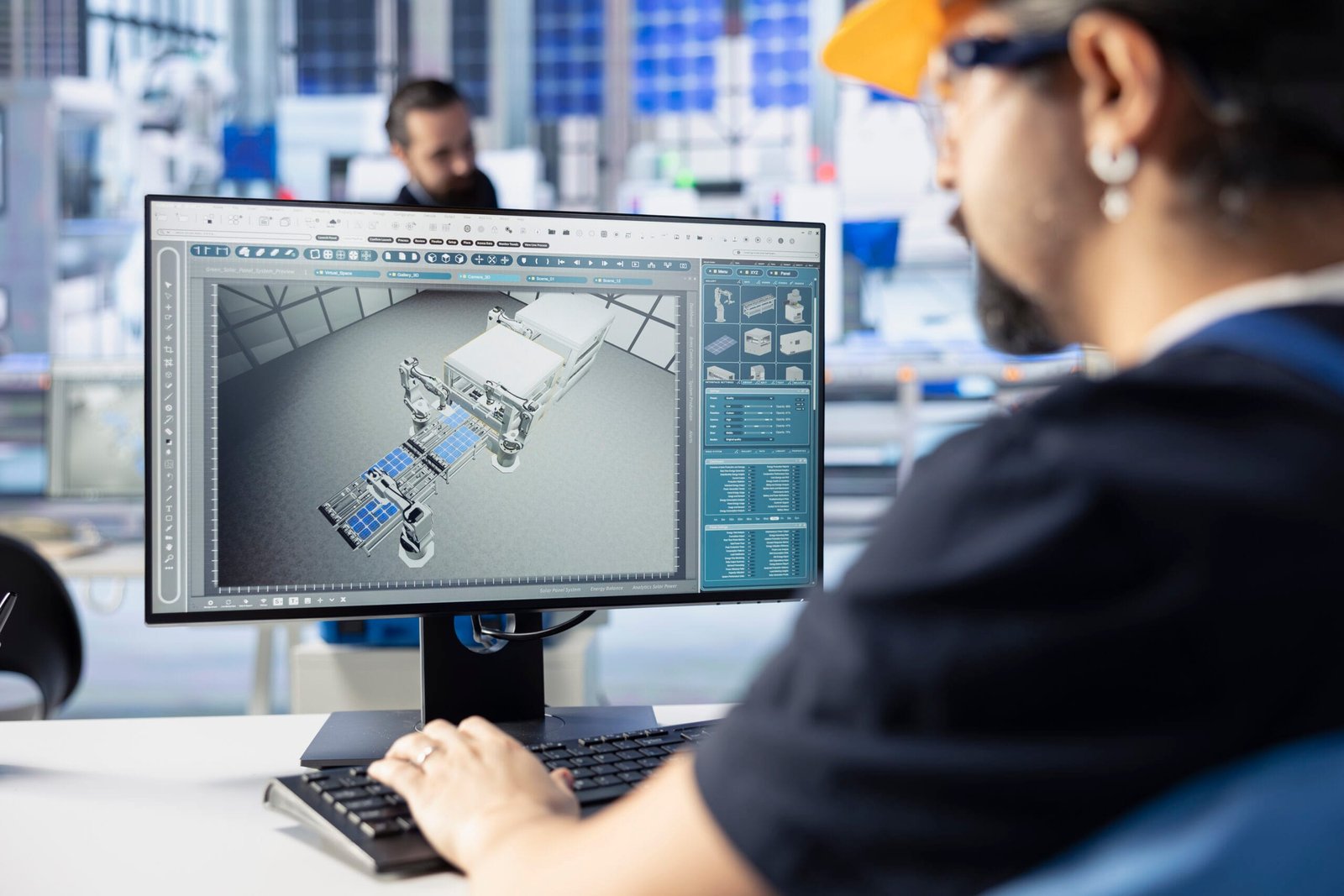3D modeling turns ideas into real shapes. Good workflow management helps projects finish on time. It also keeps quality high and meets client needs. Design HOK, known for mechanical design and rendering, uses smooth workflows to handle complex 3D jobs. This article explains how 3D modeling workflow management works and why it matters.
Process of 3D Modeling
You have to follow a number of steps for 3D modeling. The following are the steps:
Beginning Your Project: You try to understand the needs, goals, and set the project limits.
Sketching: You start by putting your ideas on paper with simple drawings.
Showing: You bring your ideas to life by creating models. There are several programs to make models like AutoCAD, Blender, or SolidWorks.
Rechecking Work: You give your model to your team or clients. So, you know which areas need improvement.
Improving Work: You optimize your models. This can be done by adding textures, lighting, and details. So your work appears more real.
Submit: This includes:
a) Giving the final work to the client
OR
b) Using it in the project.
You need to communicate clearly, ensure teamwork, and tools to prevent delays.

Key Strategies for 3D Modeling Workflow Management
Clear Talk
Teams must share updates often. At Design HOK, they use various tools to pass updates. These include Slack, Trello, or Teams. So, it helps prevent confusion.
Right Software
Design HOK mixes AutoCAD, 3ds Max, and Revit. This keeps models smooth and easy to share.
Version Check
Teams keep all file versions. Cloud tools make sure the latest file is used while old ones are safe.
Clear Roles
Each team member has a set role. This avoids overlap and saves time.
Client Feedback
The clients give feedback early. This helps in solving problems before big changes are required.
Issues in 3D Modeling
A clear plan is not a guarantee that you will not face issues in 3D modeling. Here are some reasons:
Strict Deadlines: It can put pressure on teams. Moreover, it can lower the quality of work.
Workforce: You need skilled people and appropriate tools for your projects.
Complicated Models: These need extra time and skills.
Client Changes: If you make sudden changes, then it can delay work.
At Design HOK, we solve these issues by planning, training, etc.

Advantages of Automation
You can speed up your work through automation.
- Quick Renders: You save time with the help of tools such as Lumion and V-Ray.
- Smart Models: Parametric tools repeat tasks with ease.
- Task Lists: Software assigns jobs and tracks updates.
This helps Design HOK deliver good work faster.
The Role of Team Tools
Remote or mixed teams need good tools. There are a number of platforms to share files and keep up to date with the updates. These include Trello, Asana, etc. You make sure that the files are safe and can be easily accessed using cloud storage. So, you minimize errors and keep members aligned.
Why Workflow Management Matters
More Work Done: Smooth steps save time.
- Improved Teamwork: It allows access to teams to work from anywhere.
- Good Quality: You are able to maintain quality standards.
- Client Satisfaction: Strong models and quick delivery increase the trust of clients.
To Sum Up
You not only have to finish your assigned tasks in 3D modeling. It helps to keep your work managed, maintain quality, and speed it up. At Design Hok, we communicate clearly, utilize tools, and follow simple steps. So, this results in exact 3D models by the team that meet clients’ expectations.
FAQs
Q1: Do you know the software that Design HOK uses for workflow management?
There are a number of tools to manage your workflow. These programs include AutoCAD, Solidworks, and others.
Q2: How does feedback help?
It makes sure the model matches the client’s needs. If you detect issues early, then you can prevent big changes later.
Q3: How are you able to manage complicated tasks at Design HOK?
By using skilled staff, advanced tools, and careful planning.
Q4: How are you able to finish projects on time?
At Design Hok, we communicate clearly. Apart from that, we use tracking tools and do fast rendering.
Q5: Do you know about the importance of workflow management?
It results in quick work, high-quality, and fulfills the requirements of the client.





